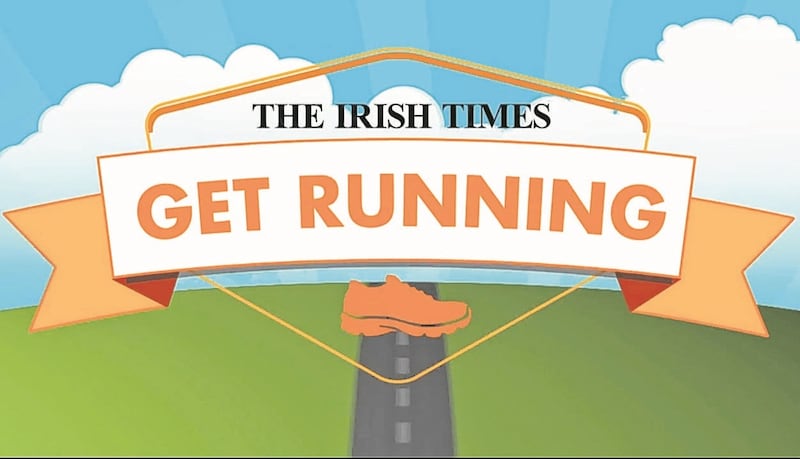As daunting as a 20-minute run may sound to a beginner, it is entirely doable this week for those of you following our beginners’ programme.
You have built up gradually and sensibly from one-minute runs over the past six weeks and have nothing to be afraid of. However, it is only natural that you might be a little apprehensive. Rather than become overwhelmed by such a running milestone, it’s time once again to call on our head to help us attack the week’s challenge with optimism and calm.
Divide up the minutes
We can fool ourselves into feeling more comfortable about what’s ahead by breaking our run into mental sections. Consider an out and back route this week. Immediately 20 minutes is now two chunks of 10 minutes which, to most of us, sounds more manageable. Once you have completed the first half, turn around, forget about the minutes you already ran and tell yourself that you are starting a 10-minute run. You know you can run this distance comfortably and you will be pleasantly surprised how it will be easier mentally than counting into the unknown of 18, 19, 20 minutes.
Experiment with the numbers. Some of you might even be happier running four sets of five minutes instead. Even our more advanced runners in the 5km and 10km programmes can benefit from a little trickery like this as their mileage and minutes increase. This is certainly a mental trick that I have used on many distances over the years. When we are confident that we can cover a certain distance, we are more likely to achieve it and remain in a positive frame of mind.
Floating along
Last week we focused on the psychology elements of running mantras and positivity to help our running. This week we will add to our mental toolkit by applying the use of mental imagery on our runs. Visualising our body moving in a certain way is one of the simplest ways of making subtle changes to our running technique. With Chi Running technique we imagine our body floating lightly over the surface underneath us rather than pounding the pavements heavily. Using imagery may require us to use our head more on the run but that is indeed if it relieves some pressure from our lower body.
An experiment
In your next run, try out this simple drill and see how you feel the difference. Focus your gaze on an object in the distance and picture an elastic cord from your chest attached to that object. Keep your focus on the object and imagine you are being reeled in towards it. You will notice a sensation of being “pulled” along effortlessly rather than having to “push” yourself forward with your legs. The slight change in body position has made our running feel easier and gravity is helping us out. Check out this week’s videos and training plans which give more practical examples for applying imagery on the flat and on hills.
Look over your shoulder
As you finish up week six, take a few minutes to look right back at the start of your training log and see how much you have progressed since the start of the year. Never forget how lucky you are to be able to get out and run. There are plenty of others who would love to be in your running shoes. Let’s keep on running and this week you might just spot the first of the daffodils and spring flowers.
A new season is starting and what a privilege to be able to run your way through it.

Sign up for one of The Irish Times' Get Running programmes (it is free!) and Get Healthy for 2018.
First, pick the programme that suits you.
- Beginner Course: This programme is an eight-week course that will take you from inactivity to being able to run 30 minutes non-stop.
- Stay On Track: The second programme is an eight-week course for those of you who can squeeze in a 30- to 40-minute run three times a week.
- 10km Course: This is an eight-week course designed for those who can comfortably run for 30 minutes and want to move up to the 10km mark.
Best of luck!








